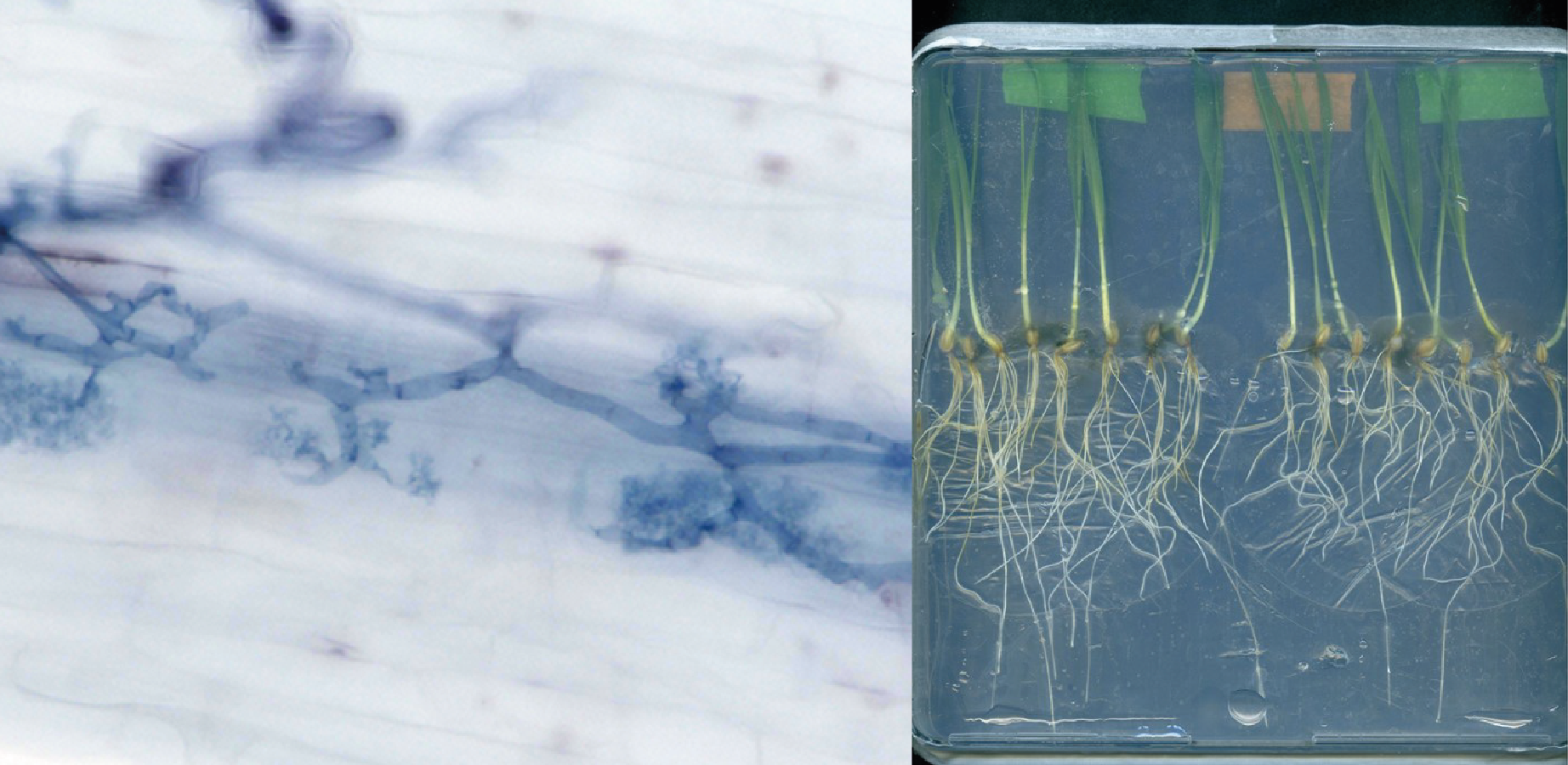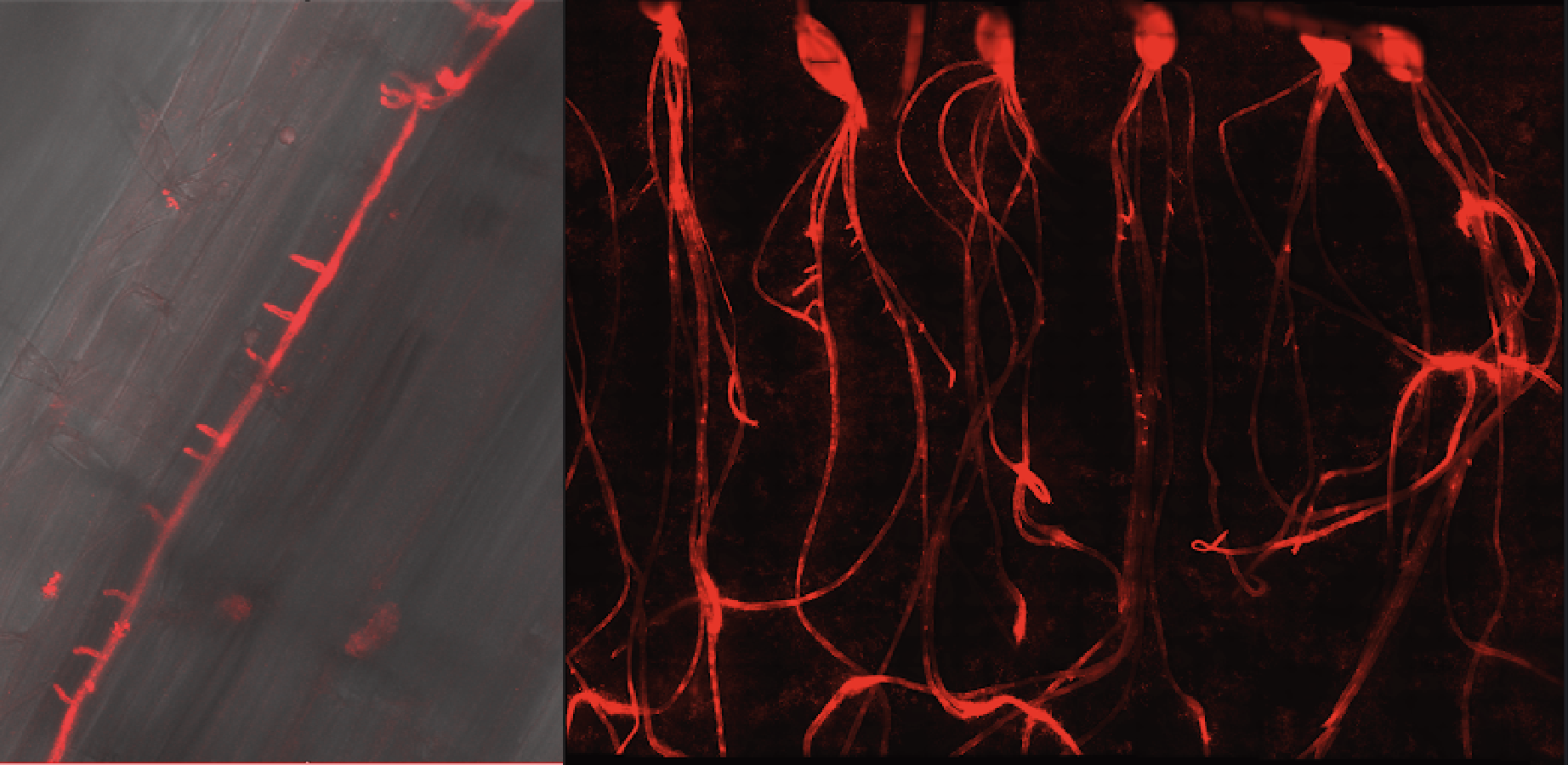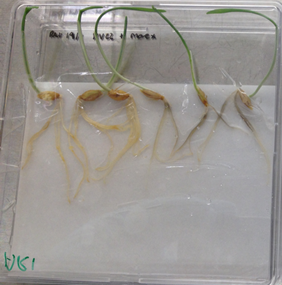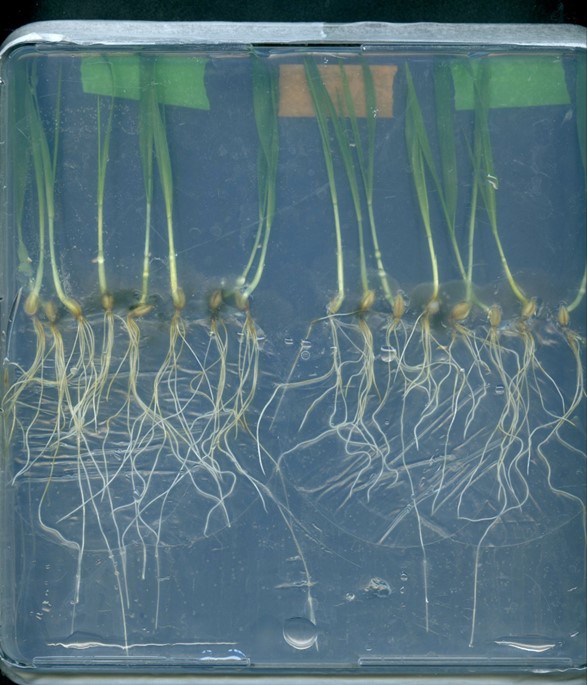
International Day of Plant Health - How to develop strategies for healthier crops
On the UN’s International Day of Plant Health (12 May), Sebastian Schornack highlights why prioritising plant health should be at the top of every government’s policy agenda and discusses innovative strategies under development to bolster plant resilience.
Is there anything more vital than securing the health of the very entities we depend on for food, oxygen and maintaining Earth’s habitability?
To put it in plain terms - a world without plants is a world without humans. They are what we eat, where we get our medicines from and they provide the very air we breathe. Without plants, our planet would be inhospitable to human life.
Protecting plant health is essential for ensuring the resilience, sustainability and well-being of ecosystems, economics and societies worldwide. Plants help regulate our climate by absorbing carbon dioxide and are key components of biodiversity. All our food and many medicines originate from plants. UN initiatives like the International Year of Plant Health in 2020 and today’s International Day of Plant Health aim to raise global awareness about how protecting plant health can help end hunger, reduce poverty, protect the environment, and boost economic development. But the focus on plant health must extend beyond one day.
Plant disease outbreaks are increasing & threaten the future of rural communities, ecosystems & food security. We lose up to 40% of the potential yield of maize, potato, rice, soybean, and wheat due to pathogens & pests (Savary, Serge et al.). The pathogens that we are struggling to fight and contain are not restricted to annual crops. The world's most exported fruit, the banana, is also under attack by a new strain of fungus that is obliterating banana plantations in some of the main growing countries. Plant pandemics are affecting some of our iconic fruit and forest trees too. The bacterium Xylella fastidiosa has caused a huge impact on Italy's olive oil industry and ash dieback caused by the fungus Hymenoscyphus fraxineus, is predicted that it could wipe out 80% of the UK's ash trees. And climate change is fuelling this plant-pathogen warfare.
At the Sainsbury Laboratory Cambridge University (SLCU) we research how plants grow and develop, and interact with their environment. Such fundamental research also provides insights into the processes that keep plants healthy. While we are not breeding new crop varieties ourselves, understanding how plants grow, develop, detect and respond equips us with the knowledge and tools to grow healthier plants, breed more resilient plant varieties and develop more sustainable agricultural practices for our changing climate and growing global population.
Plants in agriculture face a variety of health problems, just like any living organism in a managed environment. Understanding the complex interactions between plants and microbes is essential. Microbes play a crucial role in plant health, both as beneficial symbionts and as pathogens.
Good nutrition is the foundation of good health for both animals and plants. Similar to how our gut microbiome helps us to access nutrients from our food that would otherwise not be available, soil bacteria and fungi help plants to access essential nutrients that their roots alone cannot acquire.
Here I want to share an example of research into healthier crops.
Plants that can manufacture their own fertiliser
The research team I am leading at the Sainsbury Laboratory is particularly interested in understanding the processes that underpin plant root interactions with microorganisms. Such microbes can increase plant growth by improving acquisition of nitrogen, phosphorus, water and other minerals.
For example, nitrogen-fixing bacteria convert nitrogen from the atmosphere into a form that is usable by plants and arbuscular mycorrhizal fungi facilitate the uptake of phosphorus by increasing the surface area of the root system and converting soil phosphorus to a bioavailable form. Arbuscular mycorrhizal fungi can also protect the plant from disease and may improve a plant’s resilience to drought, salt and heavy metals.
A beneficial arbuscular mycorrhiza fungus colonising a barley root. The hyphal network expands between plant root cells, the highly branched tree-like structures (arbuscules) are formed by the fungus within living root cells. This is where nutrients are exchanged between both symbiosis partners. Image: Sabine Brumm.
However, farming practices have suppressed these symbiotic relationships. Most of our modern cereal crops don’t form associations with nitrogen-fixing bacteria, and crops growing in fields with higher levels of soil phosphorus don’t readily form associations with arbuscular mycorrhiza fungi. Plant science research teams from around the world are pooling their resources to reawaken the ancient symbiotic relationships that evolved between plants and microbes. This involves manipulating plants to encourage the formation of these beneficial microbial associations in cropping environments, and eventually reduce our reliance on artificial fertilisers.
When good bugs go bad
Many soilborne pathogens can also invade plant roots and eventually kill them. Root diseases routinely cause significant reductions in yield and product quality and the milder and wetter winters we already encounter in the UK are creating conditions that favour fungal diseases.
Control measures are largely restricted to crop rotation and chemical seed treatments. Unfortunately, the emergence of chemically resistant pathogen isolates has been observed recently and some of the chemicals will soon be limited to greenhouse use only in the EU. New control strategies are urgently needed.
Red fluorescently labelled Phytophthora pathogen colonising a barley root and projecting finger-like haustoria into root cells (left). Image: Ruth LeFevre. Visualisation of a root pathogen attack (right). A red fluorescently labelled Phytophthora pathogen infects seedling roots of barley. Image: Matthew Macleod.
Helping plants to fortify their walls against root pathogens
A strategy that promises long-lasting resistance is based on the removal of essential plant genes for pathogen entry and establishment. This strategy has the potential to generate crops that are resilient to several filamentous pathogens with similar infection strategies. The strategy would confer broad disease resistance for multiple plant species against multiple pathogen species.
The most common root rot diseases in barley and wheat are caused by soil-borne filamentous oomycetes or fungi – Pythium root rot, Rhizoctonia root rot, Fusarium root rot, common root rot (caused by Bipolaris sorokiniana) as well as take-all root rot (caused by Gaeumannomyces tritici).
Barley seedlings infected with a root pathogen. Barley varieties differ in how much they rot when infected. Left three seedlings are wild barley, right three seedlings are from a typical barley variety used for malting. Image: Ruth LeFevre.
Some kill the roots to enter and cause disease, while others invade living tissues for their entry and establishment to only later destroy the root tissues.
In all cases, the pathogen evades the plant’s protective barriers to gain entry and successfully infect the plant tissues. Essentially, the protective barriers in plants, such as the cell wall, act as a physical defence against pathogens entering the plant tissue. There are also genes that are crucial for the plant's defence mechanisms, including the production of compounds that combat pathogens or the activation of signalling pathways that trigger defence responses. Understanding the connection between both protective barriers and infection-essential genes is vital for comprehensively understanding plant protection mechanisms.
My colleagues and I have used research plant models to identify such infection-essential genes. Our work in legumes, supported by the European Research Council, has identified that removing a member of the SCAR/WAVE protein family renders roots more resilient to an aggressive Phytophthora pathogen
Phytophthoras, also often called water moulds, are suitable for research because some of them can infect a wide range of plants. Moreover, SCAR/WAVE proteins are also present in all plant genomes so we can now move away from model plant systems and test in important crop plants whether we can engineer increased root pathogen resilience.
Barley seedlings grown in the laboratory and infected with the root rot fungus Bipolaris sorokiniana resulting in root browning symptoms. Left half - plants with the SCAR/WAVE gene, right - plants where the SCAR/WAVE gene has been inactivated using CRISPR/Cas9. Image: Matthew Macleod.
UK Research international recently granted us further funding to study barley where we had inactivated the individual SCAR/WAVE genes through a tiny cut in the genome with CRISPR/Cas9. The UK Precision Breeding Act allows such genetic changes that could also have been produced naturally or through traditional cross-breeding programmes.
Our initial infection results are promising, the roots seem to be more resilient to the aggressive Phytophthora pathogen. We now will test other soil fungi that use similar infection strategies to cause disease in barley. If the plants show increased resistance to those then it is worth testing them under field conditions. Of course, we also make sure that barley plants lacking this single SCAR/WAVE gene still produce the same amount and weight of seeds and that barley’s interactions with beneficial root microbes are not altered. After all, we need those symbionts as a nutrient-providing option in a sustainable agriculture.
Recent years have seen a dramatic increase in our understanding of plant biology and how plants interact with microbes. This fundamental knowledge will be crucial for understanding and then protecting against pathogens and harnessing beneficial microbes for growing healthier crops, healthier environments and healthier humans.
About the Author
Dr Sebastian Schornack leads a team at the Sainsbury Laboratory Cambridge University researching the mechanisms underlying the colonisation of plants by beneficial and pathogenic microbes.









